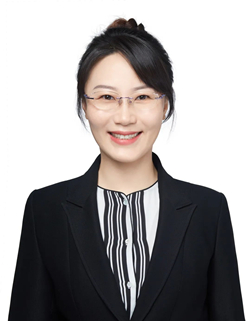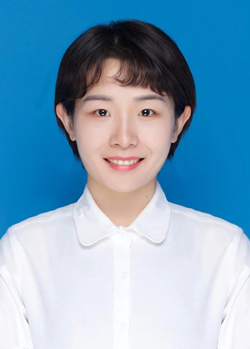Home> News
BSC members acclaim honor of China Young Female Scientists
Updated: 2024-05-08
The award ceremony for the 19th China Young Female Scientists was held in Beijing on April 28.
Jointly organized by the All-China Women's Federation, the China Association for Science and Technology, National Commission of China for UNESCO and L'Oréal China, the event awarded 20 female scientists, including Qu Jing, a member of the Biophysical Society of China (BSC), and five teams.
Ten individuals were selected for the eighth Future Female Scientists Program. Among the inductees was BSC member Cai Jiarong.
Established in 2004, the China Young Female Scientists Award has become a significant honor for female science and technology workers, connecting them to international recognition platforms.
Profiles of award winners

Qu Jing [Photo/WeChat account: BSC]
Qu is a researcher at the Institute of Zoology, the Chinese Academy of Sciences, and a professor at the Medical School of the University of Chinese Academy of Sciences. Serving as vice-president of the BSC Aging Biology Academic Subgroup, she was awarded first prize in the first Outstanding Scientific Research Achievement Award for Female Scientists by the society.
Qu's research focuses on cellular aging and regeneration. By systematically correlating the in vivo and in vitro characteristics and causes of aging cells, she has developed new strategies for in vivo detection and intervention of aging cells, providing novel interventions for multi-organ aging and age-related diseases.

Cai Jiarong [Photo/WeChat account: BSC]
Cai is a postdoctoral fellow and assistant researcher at the College of Chemistry, Nankai University. She won the Excellence Award in the BSC’s first Outstanding Scientific Research Achievement Award for Female Scientists.
Cai focuses on developing chiral analysis methods for human health. By utilizing interdisciplinary approaches such as inorganic synthetic chemistry, information optics, spintronics and analytical chemistry, she strives to address key issues in chiral analysis, such as weak response signals.
Starting from the design of interfaces, construction of crystal structures, molecular arrangement and the influence of external fields, she has developed chiral amplification strategies to achieve efficient chiral interface-based bio-sensing. This advancement has improved the early diagnosis of chiral-related diseases and highly sensitive detection of chiral drugs.
